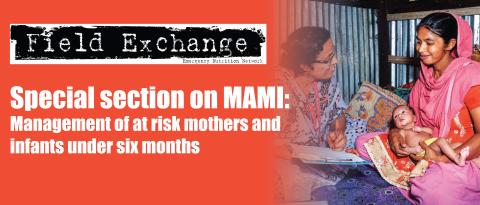Guide to anthropometry: A practical tool for program planners, managers and implementers
FANTA has revised its Guide to anthropometry: a practical tool for program planners, managers and implementers. This user-friendly resource offers up-to-date information and step-by-step instructions on using anthropometry to assess the nutritional status of individuals and communities. The guide, which replaces the 2003 Anthropometric indicators measurement guide, explains anthropometric measurements and indices and the nutrition conditions that they assess in different demographic groups. It also discusses how to interpret anthropometric data and offers guidance on selecting equipment for taking measurements in low-resource settings.
This resource can be used to better collect, understand and use anthropometric data as part of service provision, surveillance, surveys, monitoring and evaluation, and programme design. Its guidance is based on important developments in assessing nutritional status, including the 2006 World Health Organization (WHO) child growth standards for children from birth to five years, the 2007 WHO Growth Reference for children aged 5 to 19 years, and the use of mid-upper arm circumference (MUAC) as a key indicator for acute malnutrition. The guide also covers adolescents and adults, reflecting growing attention on the health and nutrition of these groups in developing countries.
Access the guide here.


